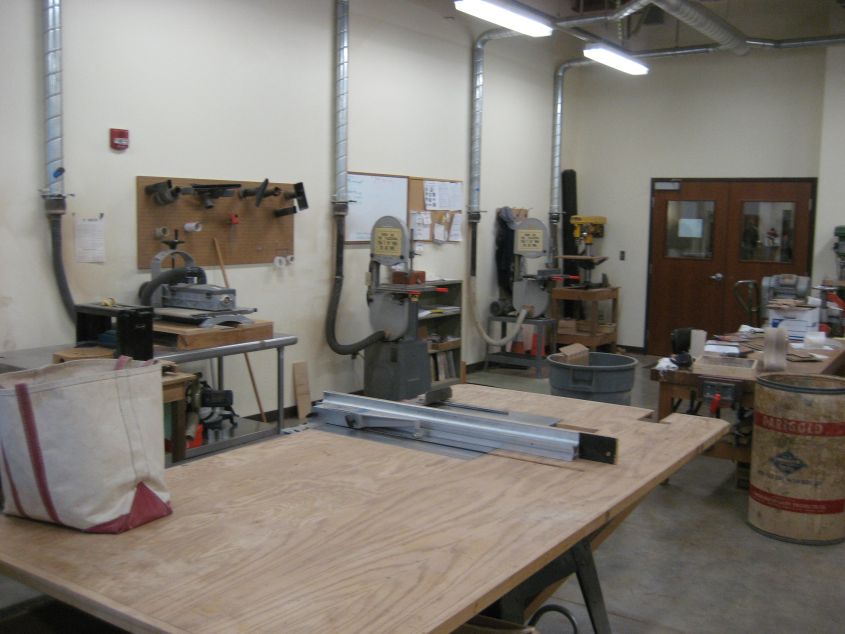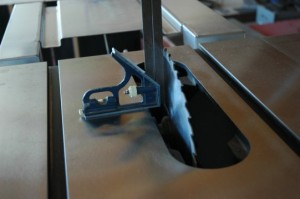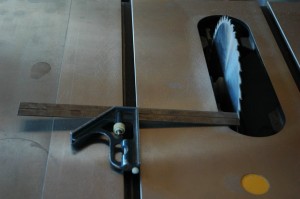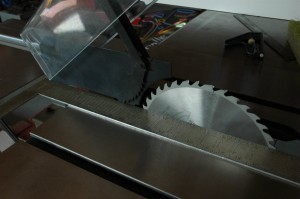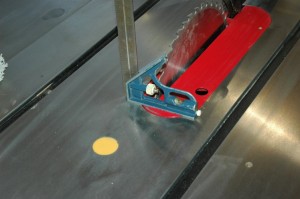For today’s woodworking tip I want to address the selection of tools for the beginning woodworker. The choice of tools is tied to essentially three basic areas. They are the available space for your work area, the available finances to fill that space and the tools you need to complete the project you have in mind.
Do you have a large shop? Do you need to use a small corner of your garage, or basement? And, by the way, is it heated in the winter? I’ve noticed some folks that actually set their power tools up outside their garage. It creates less dust this way. Perhaps some may even use a room in their home. However this would be least desirable because of the dust and debris.
I suppose there is a logical progression in selecting tools, depending on individual experience and needs. I’m just not sure what it is. Many sites list their own recommendations for choice of tools.
If you should search the web, you will be able to find numerous suggestions for the proper selection of tools for a beginner. We may see to always buy the best you can afford. We may see recommendations based on the available work space. We may also see recommendations for ways to shop for the best deals.
I will defer to those recommendations and describe my path to where I am today. I will make some suggestions of what might be important for the beginner.
After I had retired and moved to Reno, I began to attend auctions and garage sales. It was something to do and I enjoyed it immensely. I also purchase a lot of tools, not only for woodworking but also for metal working. I also went to a lot of garage sales. The values were astounding. However, I sometimes was fooled and I bought junk.
The major problem was that the tool I needed seldom had the same sense of urgency as I had. Every once in a while I found it necessary to visit the retail store. Oh, horrors. I tried to watch for the store sales and time my purchases accordingly.
My evolution was almost by accident and I acquired tools in a rather backwards manner.
My circumstances are that I had a lot of space available, as well as finances to support this hobby. Therefore I probably acquired a lot more tools than I truly needed. This included modern power tools and items that would be considered antiques. Everything I found managed to take up a little bit more space. Eventually, I began to notice that the space had shrunken significantly.
My tools are not limited to woodworking. I acquired a lot of mechanics tools and even items for metalworking. I even took two years of welding classes at the local community college. But that’s another story.
I would suggest a good assortment of hand tools, including wrenches, screw drivers, pliers and hammers, etc. Then for power tools, I suggest a circular saw, and electric drill (the modern cordless drills are very nice. I would prefer the lithium ion models, at least for the drill. They are a bit more expensive, but the batteries last a lot longer.) A jig saw can come in handy on numerous occasions. I might also include a power sander.
In addition to the above, I managed to acquire a fairly good table saw, a jointer, a planer, a band saw, a scroll saw and a small belt sander. I even managed to acquire some “old iron”. This includes an assortment of planes and draw knifes.
